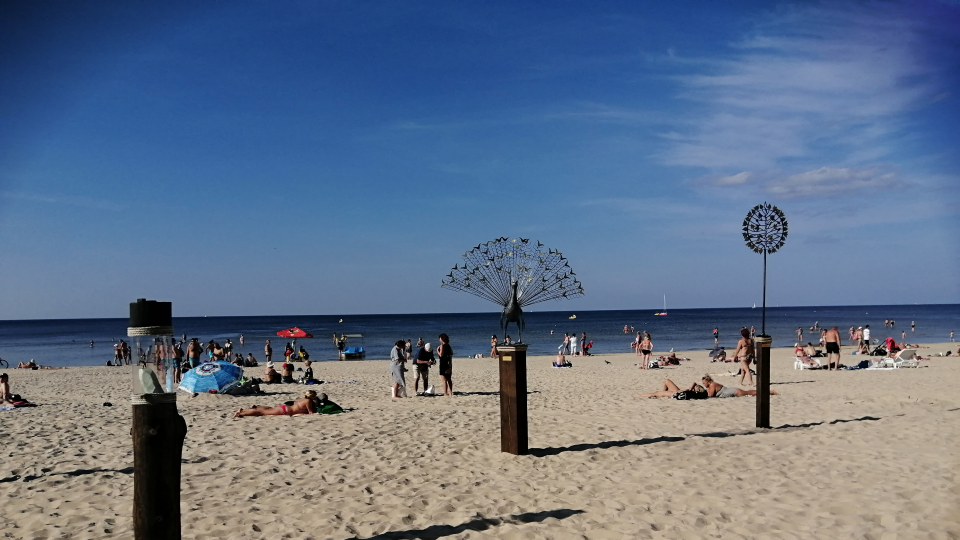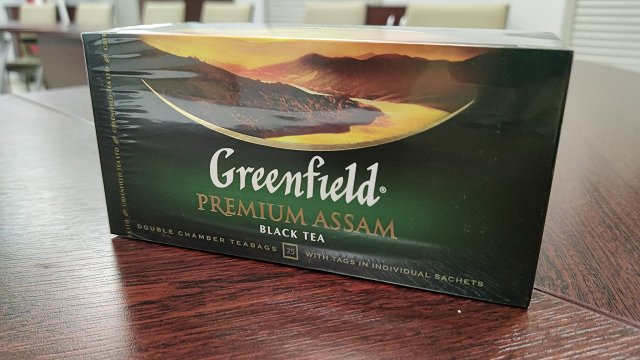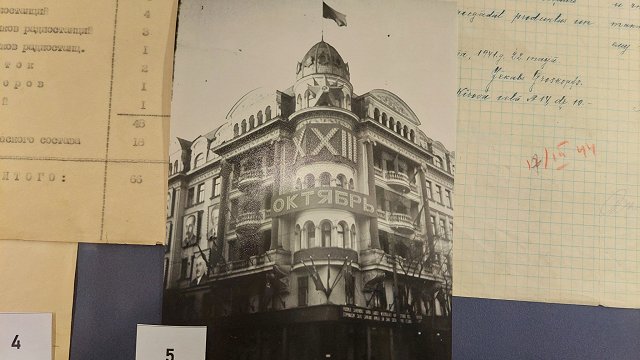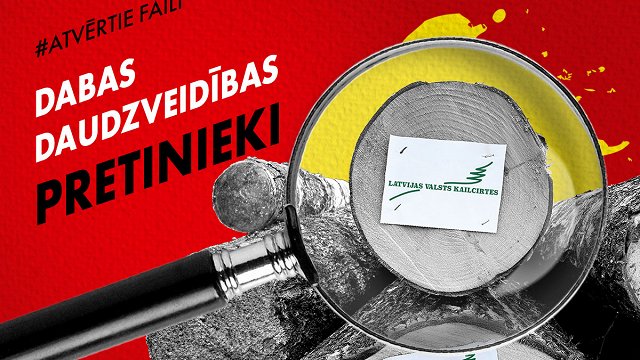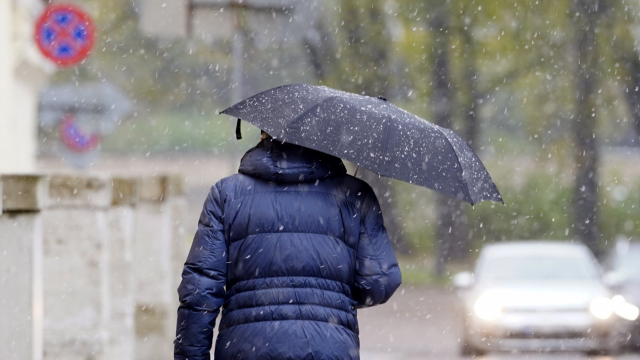A blend of lovely coastline, gargantuan architectural follies and sprinkles of local charm, Latvia’s premier seaside resort is full of surprises. And its bid to become the European Capital of Culture is also not what you might expect.
Located just a few kilometres from Riga, Jūrmala is possibly one of the world’s only holiday towns served by a suburban commuter train. But as you chug in on the Brezhnev-era elektrichka, you might be forgiven for feeling like you’ve bought the second-class package.
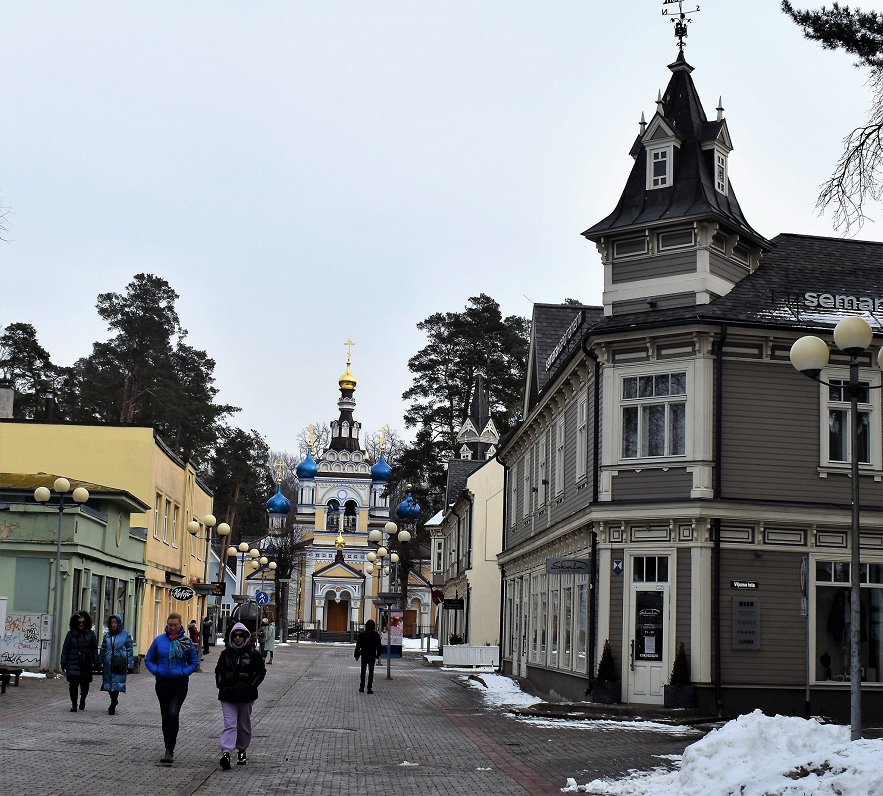
For decades, Jūrmala presented itself to the world as bling beach. The now-defunct New Wave pop festival showcased Russian megastars and Western has-beens alike for an extravaganza broadcast across the former USSR, encouraging even more oligarchs to plonk McMansions in amongst the pines.
So, in going for the European Capital of Culture, you might expect this wealthy municipality to open the wallet and rush Alla Pugacheva and Rick Astley in on the next Learjet. But you would be completely wrong.
Sand, sea and song
According to Agnese Miltiņa, who heads the Culture Department at Jūrmala City Council, the trauma of the pandemic has prompted much soul searching in the community. Zoom conferences between officials and residents reveal that locals want much more say in how things are done, and refreshingly, the powers that be seem to be listening.
In terms of culture, people want to be doers rather than consumers. And there’s a consensus that the city needs to look after its own inhabitants instead of blindly focussing on catering to tourists. Of course, Jūrmala’s proximity to Riga Airport and the planned Rail Baltica link, plus its existing cultural assets such as an unrivalled musical life, are great assets. But combining them with a back-to-basics approach could be a win-win proposition.
“If residents are happy, then the tourists will be happy too,” says Agnese. “And even if you’re only here for a few hours, we regard you as one of us.”
Following this grassroots philosophy, stadium concerts and big infrastructure projects are out, while street parties and community sing-a-longs are in. While Agnese says it’s too early to describe specific events, Jūrmala’s capital of culture vision is based on three core values.
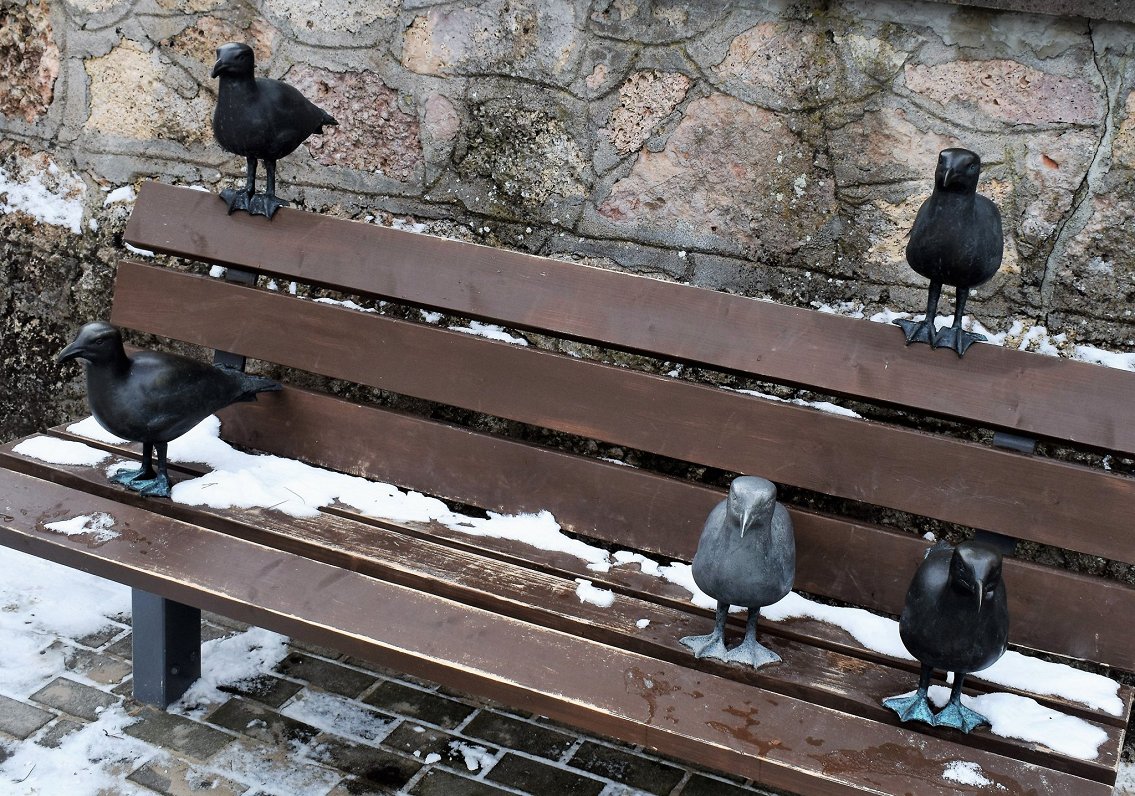
Firstly, health, both mental and physical, and how folks can help themselves to stay in shape. Think year-round swimming, hiking and exercise classes on the beach.
Secondly, nature and the environment, and how people feel in their surroundings. New bike lanes and parks are in the pipeline.
Finally, person-to-person cooperation will be encouraged through neighbourhood gardening projects and the like.
“We can teach Europe about being in harmony with yourself, with nature and with other people,” she says.
Miles of potential
Another original angle to the bid is teaming up with a slew of smaller municipalities to the west. After local elections in June, these will be amalgamated into two counties – Tukums and Talsi - meshing Jūrmala’s cosmopolitan sheen with the laid back fishing villages of the Gulf of Riga coast, plus some delightful hinterland regions like the Abava River Valley.
The marvellous aspect of this is that the bid embraces over 100 kilometres of shoreline from Lielupe to Cape Kolka. While Roja’s alfresco film festival and the annual Night of Fire in which bonfires are lit as far as the eye can see are already established events, there is vast scope to use this breathtaking stage for further cultural expression.
For example, what about commissioning artists from around the world to design unique, environmentally friendly bathers’ changing sheds along the entire stretch? Transforming fun in the sun into an artistic encounter? As long as the sheds harmonise with the surroundings, it could have legs, muses Agnese.
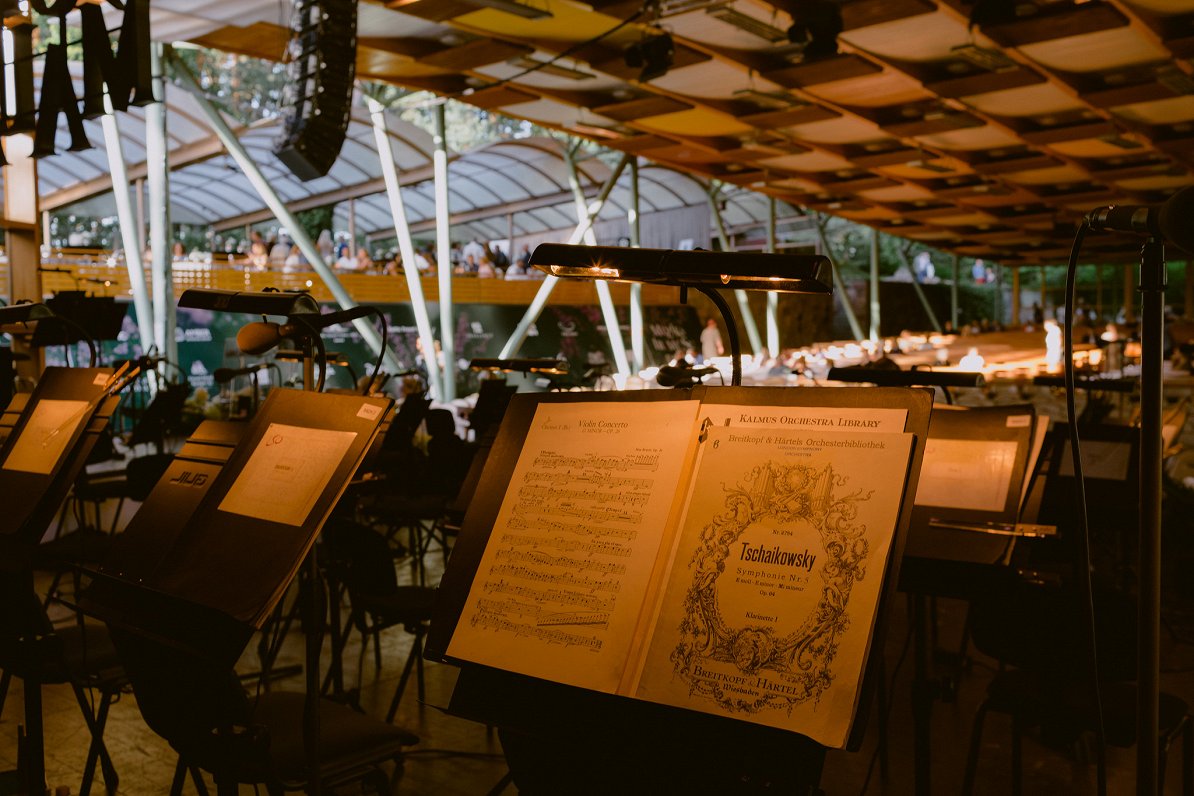
Jūrmala’s often impressive streetscape is scarred by burned out or crumbling buildings, victims of owners who for various reasons cannot pull their socks up. One’s initial prissy reaction might be to demand that the council cleans up the mess before the foreign media descends. But then again, why not bring in set designers, choreographers and filmmakers and exploit them as intriguing artistic backdrops?
It is being pondered. Agnese talks about embracing the ruins with a light show and a nocturnal “ghost tour.”
This desire to turn lemons into lemonade seems to encapsulate Jūrmala’s new outlook.
“We emerged from the dreary spring lockdown with the feeling that “Hey, we can do this too!” she says. “And even if we don’t win, the process can open a lot of other doors for us.”
Jūrmala’s top five cultural attractions:
Home grown talents and international superstars have performed opera, jazz, folk and every other genre on this legendary stage since the late 19th century. Music-mad Latvians flock to concerts here, and if you can get a ticket, it is an unforgettable experience. Also check out Our Lady of Kazan Orthodox Church next door, bulldozed by the Soviet regime in 1962 and now almost completely rebuilt.
Europe’s only contemporary art space set inside a functioning railway station is a sight to behold, inside and out. Designed in 1977 by architect Igor Javeyin in a form reminiscent of the rolling sea, it hosts exhibitions, performances and lectures for culture lovers and trainspotters alike. Another modernist masterpiece is at Jūiras iela 13, where Emilija Benjamiņš, Latvia’s press queen of the interwar period, built her summer residence in the late 1930s. You can’t go inside, but you can enjoy a virtual tour.
This enticing mix of art and fresh air is a long way from the sea but within the area covered by Jūrmala’s bid. For over two decades, sculptor Ojārs Felbergs and many visiting artists have filled 100 hectares of meadows and hills with an array of weird and wonderful sculptures, complimented by wildflowers and sheep. Down in Sabile town, check out the world’s northernmost vineyard.
- Ragaciems fish markets
The low-key villages west of the main Jūrmala metropolis are famous for their smoked fish, and you can get a hit of their pungent flavour at the local markets and shops. With a chunk of rye bread and a bottle of local beer, it’s the perfect picnic on the sand. The Fishermen’s Festivals held here every August are a jolly jumble of traditions and good times.
Jūrmala started out as a bunch of fishing village, and this museum takes you back to those simpler bygone days. Check out the anchors and boats, then take a stroll through the pine-scented woods of Ragakāpa Nature Reserve to the beach.
